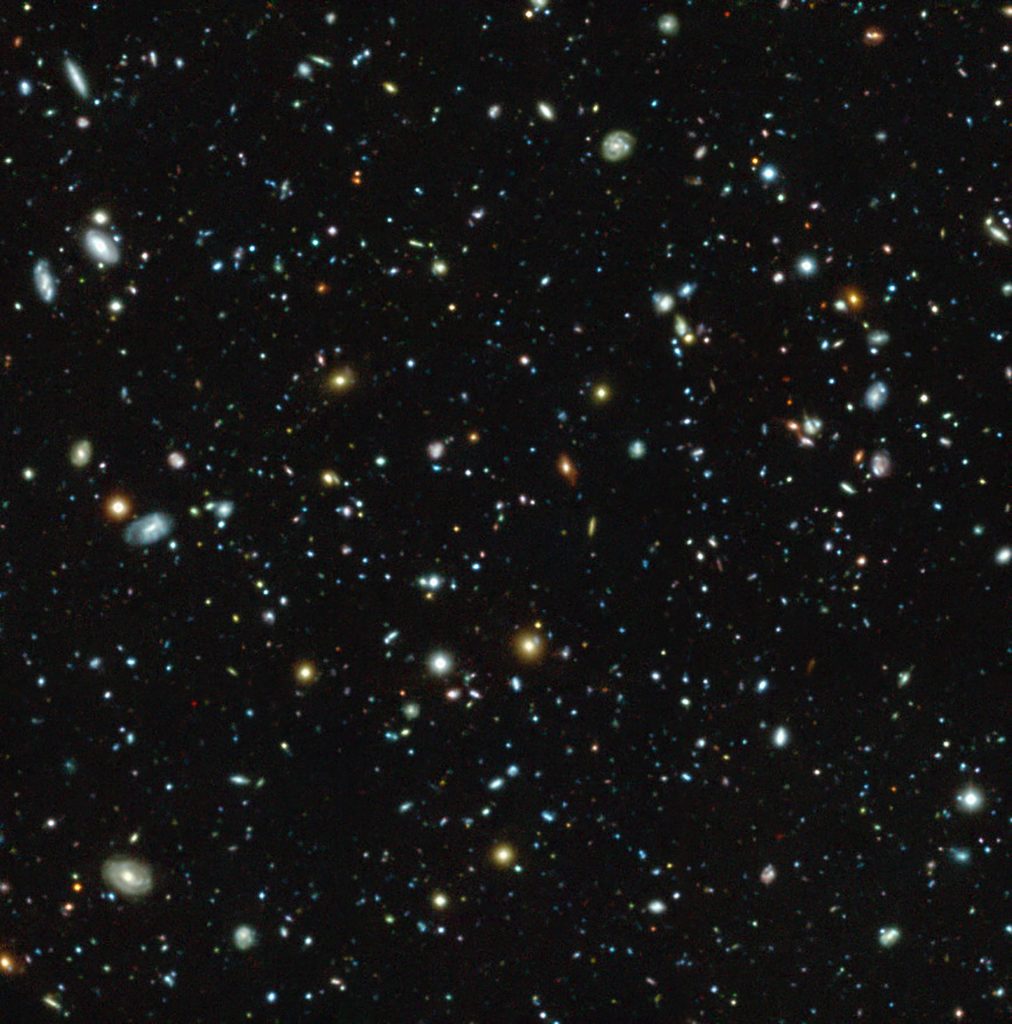
- ARAB NEWS
- 01 Jul 2025

TOKYO: An international team including Japanese astronomers said Thursday that it has spotted what may be the farthest galaxy ever observed, using observation data collected by Japan’s Subaru Telescope.
The galaxy, called HD1, is thought to be 13.5 billion light-years away from Earth. Additional observations are necessary to confirm the distance.
The galaxy was observed as it existed some 300 million years after the big bang, because the light coming from it traveled 13.5 billion light-years to reach Earth. Observations of the galaxy are thus expected to provide insight into what the early universe was like.
The team includes researchers of the University of Tokyo, Waseda University, the University of Tsukuba, Nagoya University and the National Institute of Technology’s Toba College.
The finding will be published in the Astrophysical Journal, a U.S. scientific journal.
Currently, the most distant galaxy ever spotted is one 13.4 billion light-years away, observed using the Hubble Space Telescope.
The team analyzed a vast amount of data on astronomical objects collected by the National Astronomical Observatory of Japan’s Subaru Telescope in Hawaii and other powerful telescopes.
It spotted the HD1 astronomical object, whose characteristics matched the theoretical characteristics of distant galaxies.
Follow-up observations using the Atacama Large Millimeter/submillimeter Array (ALMA) telescope in Chile indicated that the galaxy is 13.5 billion light-years away from Earth. For the distance to be confirmed scientifically, extra observations using the ALMA telescope are necessary.
Observations using the James Webb Space Telescope, launched in December last year, are also planned. Expectations are running high that the obtained data will shed more light on the precise distance and detailed characteristics of the galaxy.
University of Tokyo assistant professor Yuichi Harikane, a member of the team, said that observations using the James Webb Space Telescope will help to understand better what kinds of galaxies were formed in the early universe.
JIJI Press